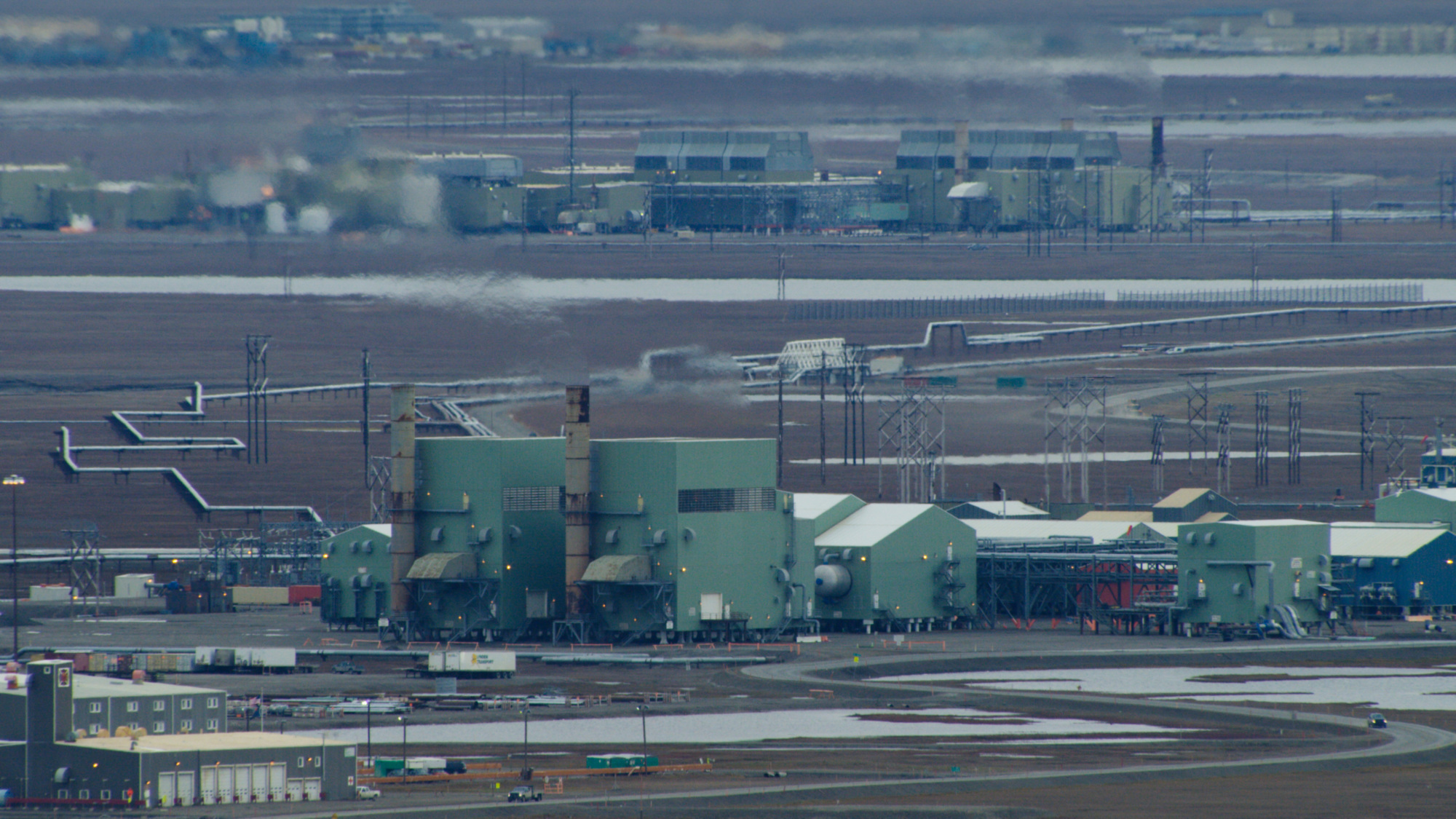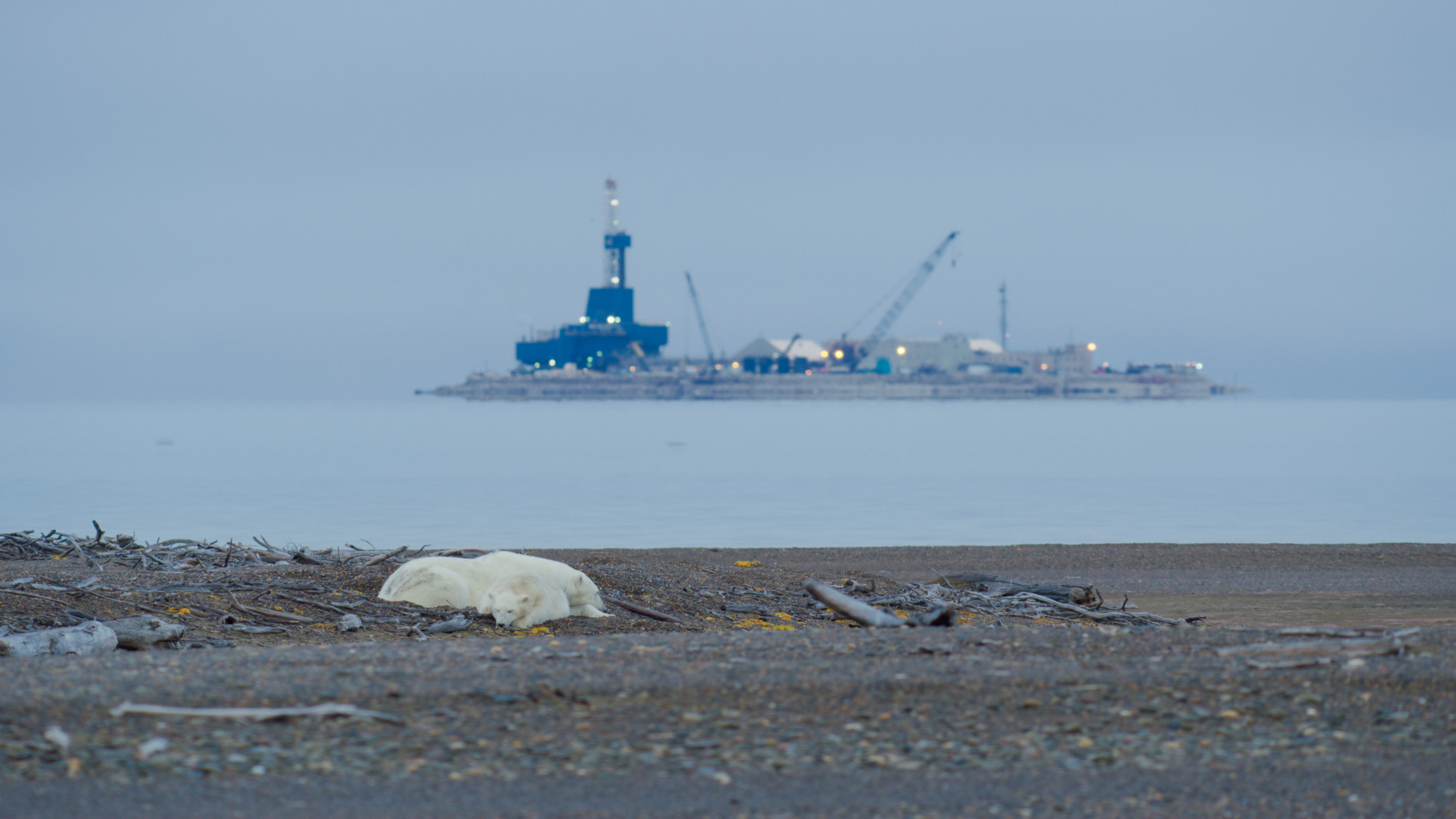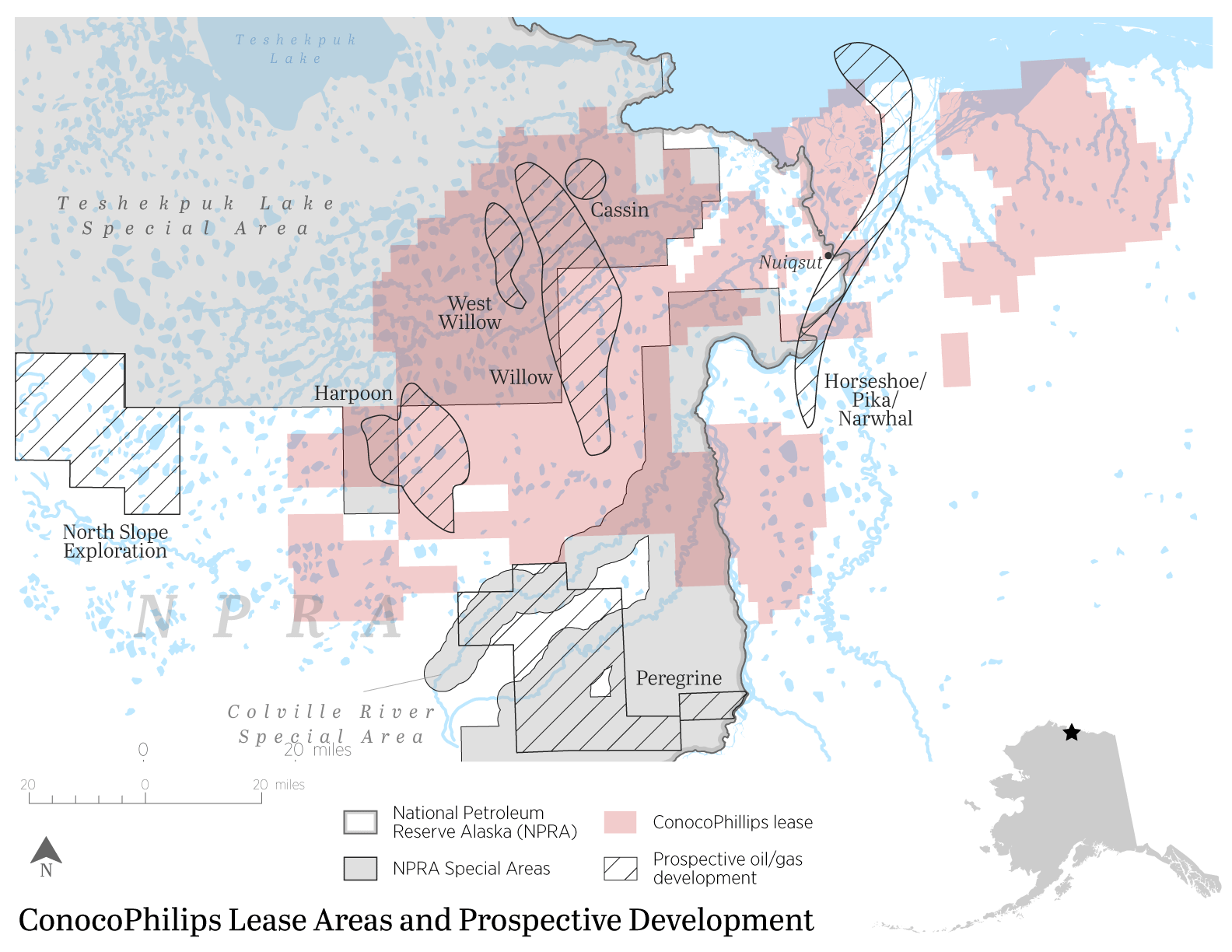Climate
On its own, the Willow project is immense and damaging: its emissions would be equivalent to running at least 76 coal plants for an entire year
In addition to the downstream climate impact from the oil that would be produced at Willow, Willow itself would be among the single largest point sources of climate pollution in the United States. Only 13 out of 5,194 single point sources would contribute more emissions, meaning Willow would emit more climate pollution annually than over 99.7% of all single point sources in the country.
According to a report by Earthjustice and Evergreen Action, no single oil and gas project has more potential to set back the administration’s climate goals than the Willow project. An analysis by the Center for American Progress reached the same conclusion – finding that Willow’s expected carbon emissions would more than eclipse the emissions avoided by reaching President Biden’s ambitious goals to ramp up clean energy development on our public lands and waters.
The Willow project’s climate impact is intensified by its location in the Western Arctic, a region warming four times faster than the rest of the world. Because the permafrost is rapidly melting, ConocoPhillips plans to artificially chill the tundra to sustain its expansive oil and gas infrastructure. This high level of development investment would cause immense and direct damage on the ground.
Step One in ConocoPhillips’ Master Plan to Industrialize the Western Arctic
What’s even more troubling is that Willow is just step one in ConocoPhillips’ master plan to industrialize the pristine Western Arctic. Willow is also just the start of ConocoPhillips’ plan to industrialize the Western Arctic. Conoco Phillips’ SVP for Global Operations told investors in 2021 that Willow could be the “next great Alaska hub” and that the company has identified up to 3 billion barrels of oil in nearby prospects that would be unlocked by Willow’s infrastructure. Willow would deliberately require huge investments in new fossil fuel infrastructure and lock in long-term development and destruction to the entire region. The Willow proposal alone calls for the construction of 250 oil wells, 37 miles of roads, 386 miles of pipelines, hundreds of miles of water-intensive ice roads, airstrips, and a new central oil processing facility.
The Willow Project would also require significant infrastructure development in a fragile region that’s already facing destabilizing on-the-ground effects as it warms four times faster than the rest of the world. Permafrost thaw has already impacted oil and gas infrastructure in Alaska’s arctic, damaging portions of the Trans-Alaska Pipeline and increasing the likelihood of accidents like the recent gas leak at ConocoPhillips’ Alpine field.

Current Estimates Dramatically Understate Willow’s Potential Climate Impacts
The resource estimates used in federal environmental analyses fall well short of estimates provided by ConocoPhillips.
- In November 2019, ConocoPhillips released a resource estimate of 450 million to 800 million barrels of oil equivalent for the Greater Willow Area.
- In October 2020, BLM issued a Record of Decision estimating that Willow Oil Project would only produce approximately 586 million barrels of oil over its 30-year life. This official estimate has since grown to 629 million barrels of oil.
Based on ConocoPhillips’ own estimates and previous ConocoPhillips’ projects, the Willow Oil Project is likely to have much, much larger climate impact than federal analyses assume. If the Biden administration approves it, they will greenlight a project that is in reality significantly larger and more damaging to the region and the planet than the project approved by President Trump.

